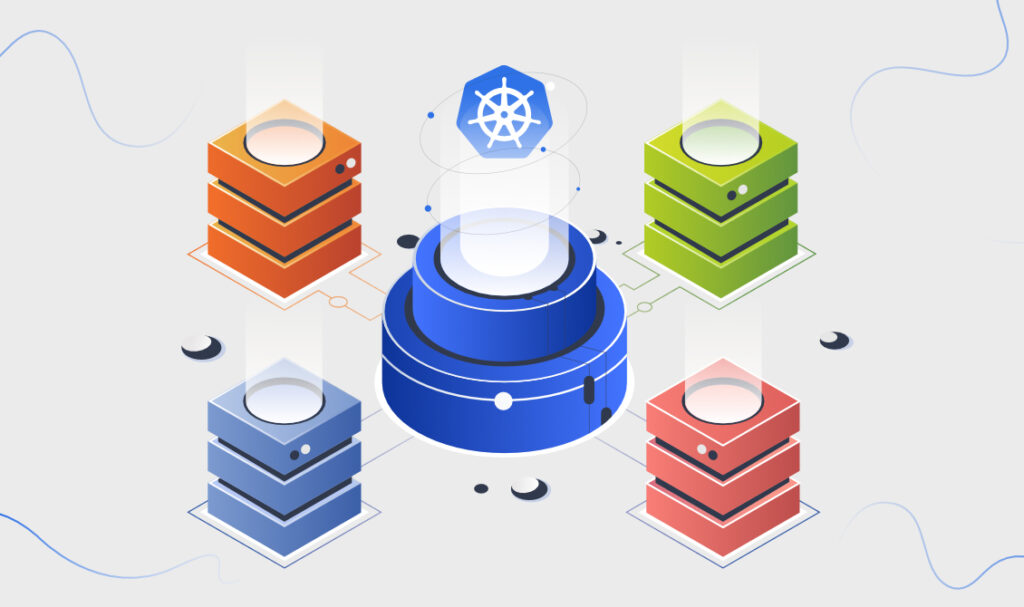Cloud computing has been a driving force behind digital transformation for businesses of all sizes. According to Gartner public cloud spending cloud reach $600 billion in 2023. With more and more businesses migrating to the cloud it’s crucial to keep a keen eye on the ever-evolving cloud landscape. In this blog post, we will delve into the top trends that are set to shape the future of cloud computing this year. These trends are not only fascinating but also hold significant implications for IT professionals, businesses, and individuals looking to harness the power of the cloud.
Multicloud Adoption

Multicloud adoption is gaining momentum as organizations increasingly recognize the strategic advantages of diversifying their cloud service providers. In 2023, this trend is poised to accelerate significantly, especially within the public sector. Multicloud adoption in public sector organizations is expected to nearly double from 39% to 67% in the next three years. Organizations are moving away from a single-cloud approach in favor of a multicloud strategy that leverages multiple cloud service providers simultaneously. This strategic shift allows them to mitigate risks associated with vendor lock-in and enhance their overall cloud infrastructure performance.
Edge Computing Integration

The integration of edge computing with cloud infrastructure is poised to revolutionize how data is processed and analyzed. Edge computing extends cloud capabilities closer to the data source, enabling real-time decision-making and low-latency applications, making it a crucial trend to watch for industries like IoT, AI, and autonomous vehicles.
Edge computing empowers organizations to make real-time decisions at the edge of their networks, dramatically reducing latency. This is crucial for applications like autonomous vehicles, where split-second decisions can mean the difference between safety and disaster. By processing data locally or at the edge, organizations can also significantly reduce the bandwidth requirements for sending data to central cloud data centers, making their operations more efficient and cost-effective.
Cloud-Native Technologies

Cloud-native technologies, such as microservices architecture, containerization, and container orchestration, are redefining the way applications are designed, developed, and managed in the cloud. Cloud-native development involves designing applications with a focus on scalability, resilience, and flexibility. It embraces containerization technologies like Docker and Kubernetes to streamline deployment and management. By breaking applications into microservices, organizations gain agility and can scale individual components independently. This approach aligns seamlessly with DevOps practices, enabling faster development cycles and improved resource utilization.
Serverless Computing

Serverless computing, with its simplicity and cost-efficiency, is making a significant impact on cloud architecture in 2023. This trend involves abstracting server management, allowing developers to focus solely on code, and automatically scaling resources based on demand.
Serverless computing is characterized by a “pay-as-you-go” model where organizations are billed only for the actual computing resources used, rather than maintaining a constant infrastructure. It excels in a variety of use cases, from web applications and APIs to event-driven processing and batch jobs. Developers can focus on writing code and defining event triggers, leaving server provisioning and scaling to the cloud provider.
Green Cloud Initiatives

Sustainability is a growing concern, and the cloud industry is not exempt from environmental responsibility. In 2023 cloud providers are investing in renewable energy, data center efficiency, and carbon neutrality, aligning with global efforts to reduce the carbon footprint of technology infrastructure. This trend is further highlighted by the relatively recent addition of the Sustainability Pillar to the AWS Well-Architected Framework.
As we step into 2023, the cloud computing landscape is poised for significant transformation. Understanding and harnessing these trends will be essential for businesses and IT professionals, enabling them to remain competitive, innovative, and environmentally responsible in an ever-evolving digital world. Strategic Communications is uniquely positioned to help public sector organizations prepare for these new developments. Strategic’s team of experts retains years of experience across all major public cloud hyperscalers, and can build out a cloud-first solution designed specifically for your agency! To get in contact with a member of Strategic’s team of cloud engineers use the button bellow.
Share this Post

